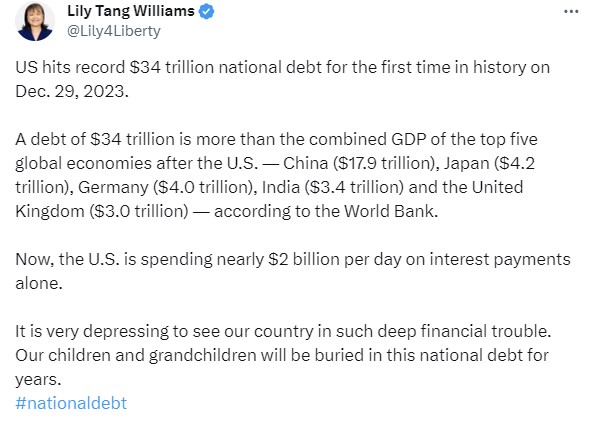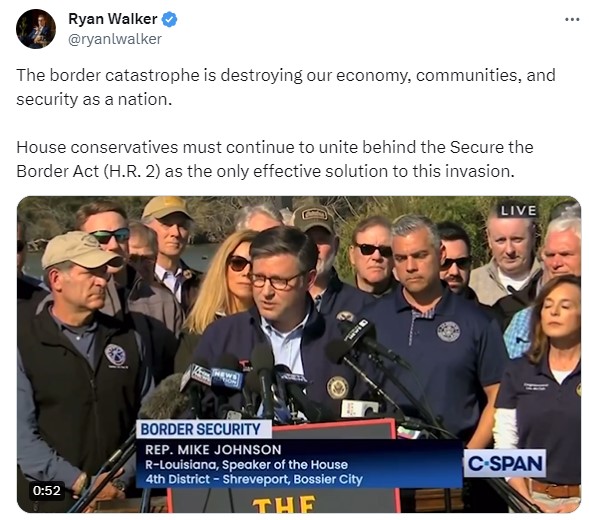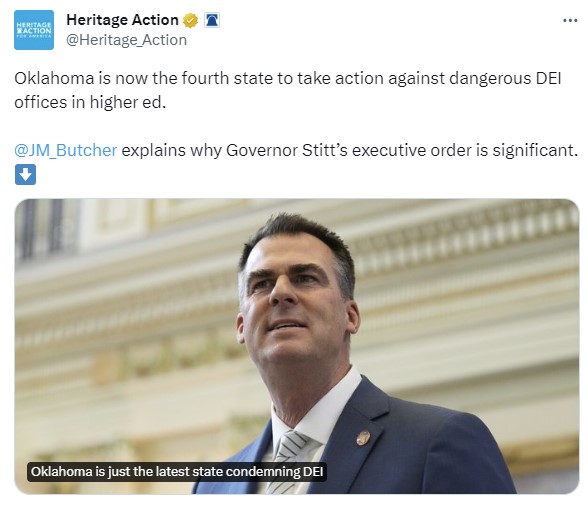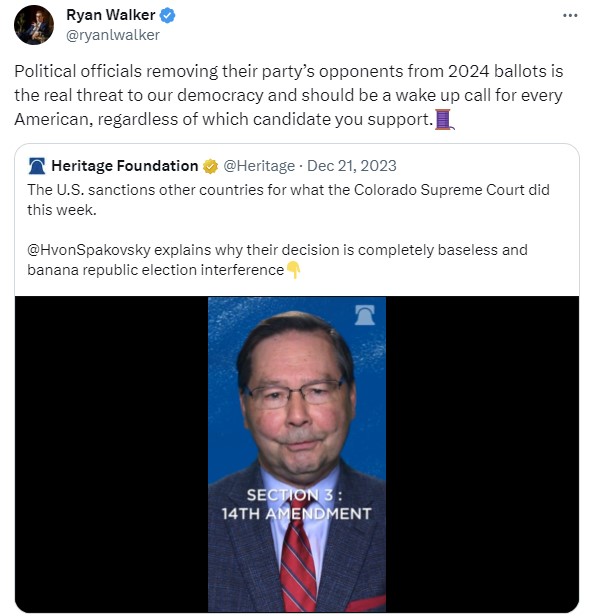Federal Spending
In November 2023, House Speaker Mike Johnson led Congress in passing a “laddered” Continuing Resolution (CR) to extend government funding into 2024, which staggered the funding expiration dates for different departments and agencies.
Quick background on Congress’s process for funding the federal government: each year, there are 12 “appropriation bills” (i.e. spending bills) that fund all the federal agencies and departments. For instance, the appropriation bills for “Defense” funds the military, the intelligence community, and other national defense related agencies. Here is an in-depth guide on the process if you are interested. But tragically, most years Congress fails to rigorously debate and pass 12 separate bills — instead, everything gets crammed into one giant omnibus bill.
Under Speaker Johnson’s laddered approach, funding for some agencies and departments will expire on January 19th and then the rest of government funding will expire for the other agencies and departments two weeks later. The stated goal of Johnson’s laddered approach was to break the debate up, and not force all the spending into one giant bill.
The departments and agencies that will run out of funding on January 19th fall under the jurisdiction of these 4 appropriation bills: Agriculture-FDA, Energy and Water, Military Construction-VA, and Transportation-HUD.
The rest of the federal government is set to run out of funding on February 2nd — these departments and agencies fall under the jurisdiction of these 8 appropriation bills: Commerce-Justice-Science, Defense, Financial Services, Homeland Security, Interior-Environment, Labor-HHS-Education, Legislative Branch, State and Foreign Operations.
Currently, the House has passed 7 of the 12 appropriations bills, and the Senate has passed only 3 appropriations bills.
As Congress negotiates how much money to spend, Conservatives must fight aggressively to save money and reduce federal deficit spending.






